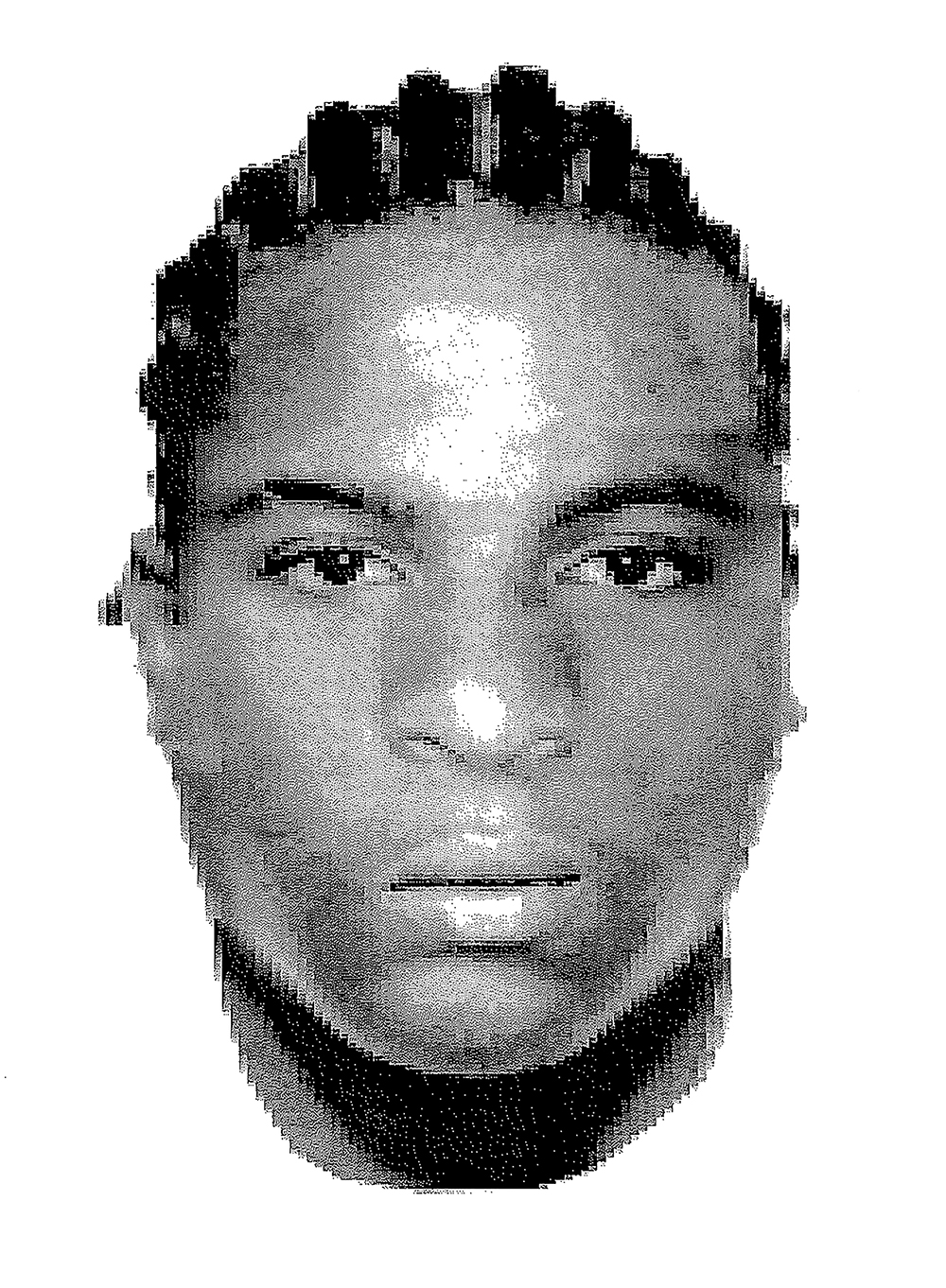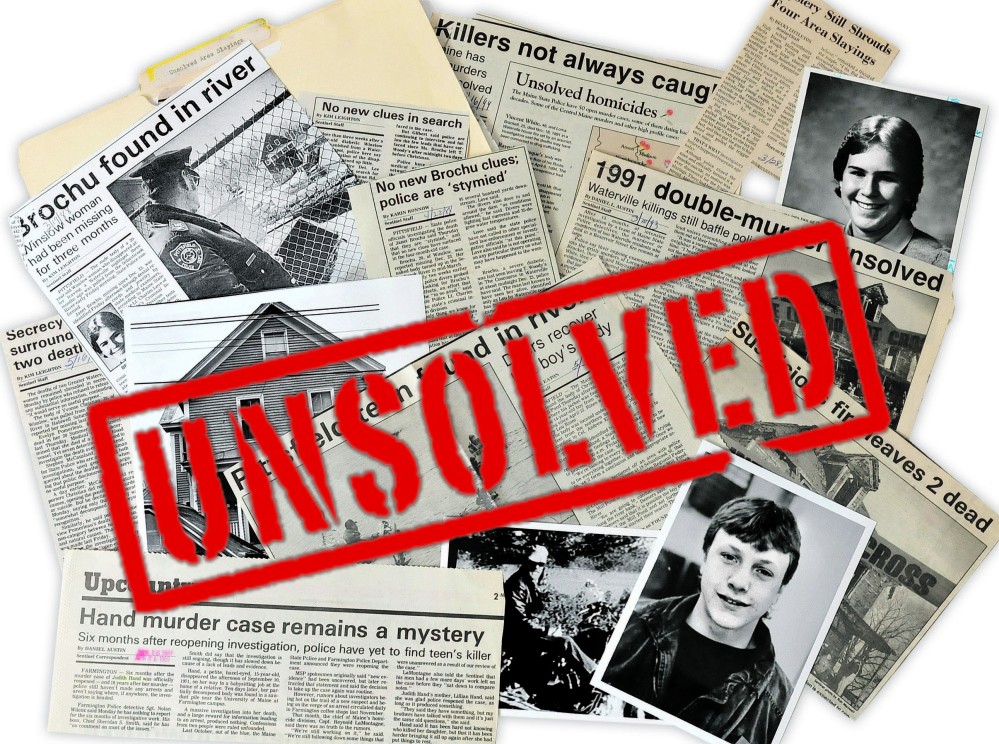Time doesn’t heal all wounds. Sometimes it causes them to fester. This week will mark 12 years since my friend, Jessica Nicole Lewis, was murdered in South Memphis. Twelve years of unanswered questions. Twelve years knowing the man who took her life was able to continue living his, freely and without consequence.
On February 20, 2011, Jessica’s body was found in Mt. Carmel Cemetery, an unkempt graveyard at Elvis Presley and Elliston, about three miles north of Graceland and as many miles south of the Stax Museum of American Soul Music. There was evidence of a struggle; she’d been dragged through the grounds and shot in the head, the only clothing left on her battered body was underwear and a single sock.
We’d been close friends throughout high school and college, working two separate jobs together. We dated bandmates and arrived arm in arm to many concerts and parties during those years. She was the fiery, beautiful blonde who took no shit, and I was more or less her sidekick. It’d be impossible to share in this short space how much she meant to me or, after her death, how deep the need for justice would embed itself in me. As weeks and months and years went by with no movement in her case, I’d spend countless hours researching, poking through arrest records and crime reports, going down Facebook rabbit holes, and talking to people who knew her in her final days to try to find a single thread that might lead to her killer.
The following words are never easy to say: Jessica was a prostitute. In her last years, she was a drug addict, with arrests for possession of a crack pipe and solicitation. The last time I saw her, about two and half years before her death, she’d just gotten out of rehab, so I knew she had been struggling. But I had no idea how far she’d fallen. She had a pimp. She practically lived in shady hotels. She walked the streets. She walked the streets. I’ve yet to accept that this was her life and not a Lifetime movie.
Jessica, who was 28 at the time, wasn’t the only victim. On January 27, 2011, a “known prostitute,” according to reports, 31-year-old Tamakia McKinney, was found dead in the middle of Hemlock Street, about a mile from Mt. Carmel. Four days after Jessica’s death, another prostitute, 44-year-old Rhonda Wells, was found in the same cemetery. Two days after the discovery of Wells’ body, a fourth victim was shot in the face and left for dead on nearby Ledger Street. She survived.

Investigators believed the cases were connected. They retrieved shell casings linking two of the victims, as well as DNA samples from each crime scene. The survivor was able to give a description of the shooter: a Black male, around 24 years old, hair in cornrows. He drove a dark-colored Dodge Charger or Chrysler 300. Even with evidence, even with DNA, no one was ever charged. How do you not find a man who killed three women in a month’s time? I’ve formulated a few theories that I won’t get into here. And I’ve covered this case in news articles (within these pages) and a feature-length story (“A Voice for Jessica,” Memphis magazine, July 2016). I have met and interviewed the survivor. I worked closely with the cold case investigator, W.D. Merritt (who was almost as tenacious as I was about solving this case), before he passed from Covid in 2020. With so many murders in this city, I don’t expect much time to be spent investigating a 12-year-old case involving “prostitutes.” But had it been me? Had it been a school teacher, the daughter of a politician, a bank teller, or any other upstanding-citizen label you’d like to apply, these women would have had justice.
Jessica is never far from my mind, but as the anniversary of her murder approaches, I can’t help but paint a picture of her last days, the final horrifying moments before she was killed execution-style in a cemetery. I’ll never forget how the media sensationalized these killings, dehumanized the victims. Does time heal all wounds? Ask their mothers. Ask their children. Ask their friends. You’ll hear a resounding no.

